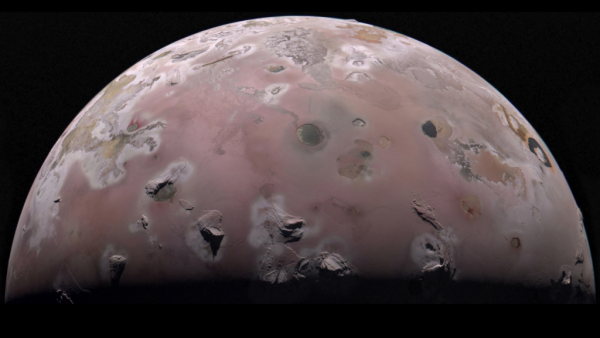
Millions of kilometres from Earth, orbiting the giant Jupiter, NASA’s Juno spacecraft faced a serious problem. One of its cameras, called JunoCam, started to fail after being damaged by Jupiter’s intense radiation. The team managing the mission had limited ways to fix the issue from so far away. But they came up with a clever plan that brought the camera back to life and allowed it to continue sending valuable images.
JunoCam is placed outside a heavy radiation shield on the spacecraft. Jupiter’s radiation is among the most powerful in our solar system and it slowly damages instruments like JunoCam. Initially, the camera worked well. It took clear pictures during the first 34 orbits, helping scientists and the public learn about Jupiter. But over time, the images started showing problems like streaks and noise that made them hard to use.
The engineers believed radiation damaged an important part of the camera’s power supply. Without physically repairing it, their options were very limited. They decided to try a method called annealing. This involved heating the camera to a warmer temperature than normal and then letting it cool down slowly. Heating can sometimes heal damage in the materials that make up the camera, although this was a risky move with no guarantee of success.
The team turned up the camera’s heater to 25 degrees Celsius (77 degrees Fahrenheit). After the heating and cooling process, the camera’s images began to improve. This gave hope just weeks before Juno’s important close flyby of Io, one of Jupiter’s moons known for its volcanic activity. As that flyby approached, the camera’s problems returned. The team heated the camera again, this time more aggressively. At first, the results seemed disappointing. But just in the final days before the flyby, the images dramatically improved again. JunoCam was able to capture detailed pictures of Io’s surface, showing icy mountains covered in sulfur dioxide and fields of flowing lava from volcanoes. These clear images were close to the quality the camera had when it first launched.
Since this success, the team has used similar heating techniques on other parts of the spacecraft. Juno’s mission has now completed more than 70 orbits of Jupiter, each time facing radiation. The lessons learned about repairing and protecting instruments will help future missions, not only those exploring distant planets but also satellites orbiting the Earth. Scott Bolton, Juno’s lead investigator, believes these techniques will be important for many spacecraft in the future, as stated in a NASA blog.